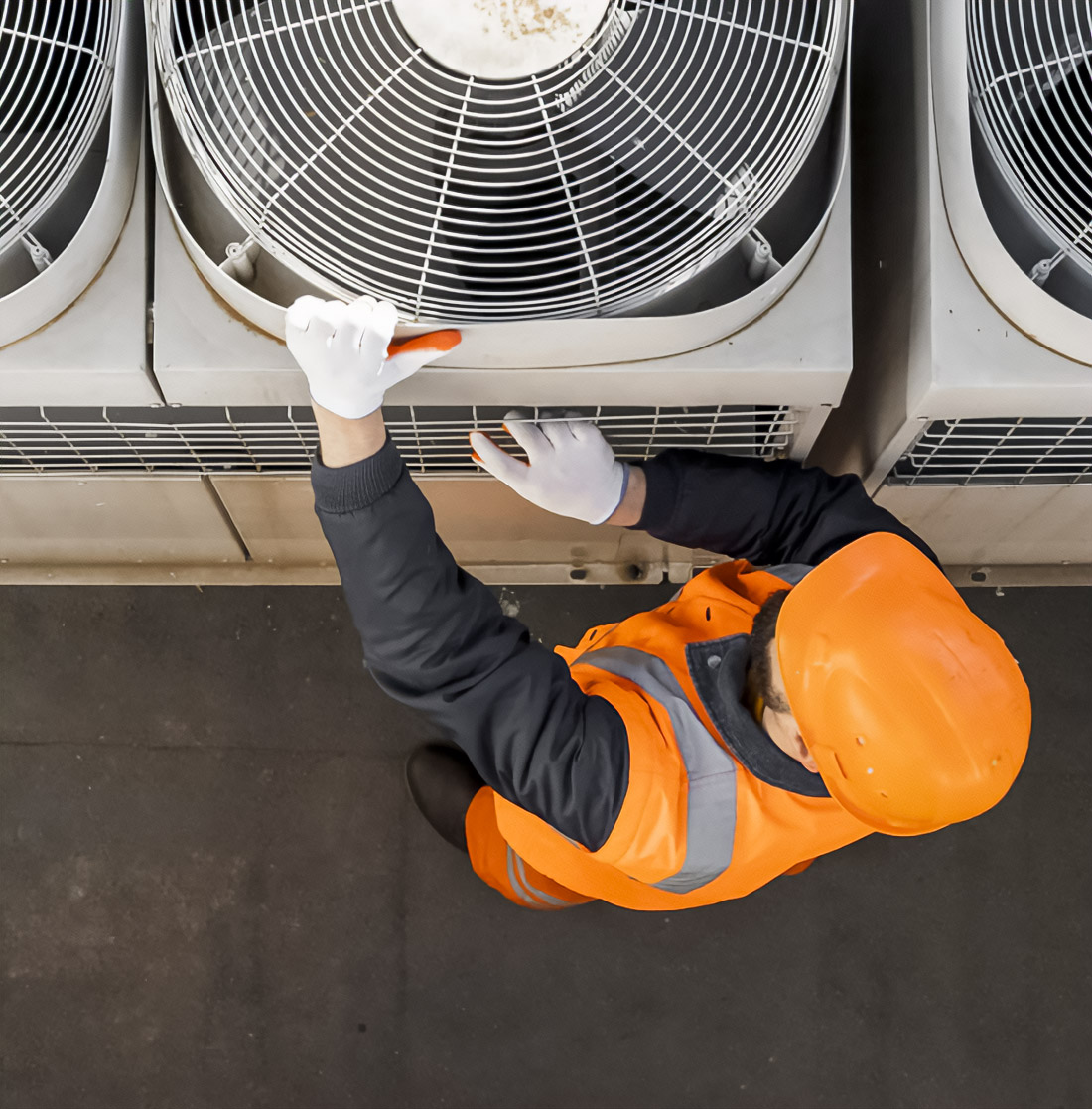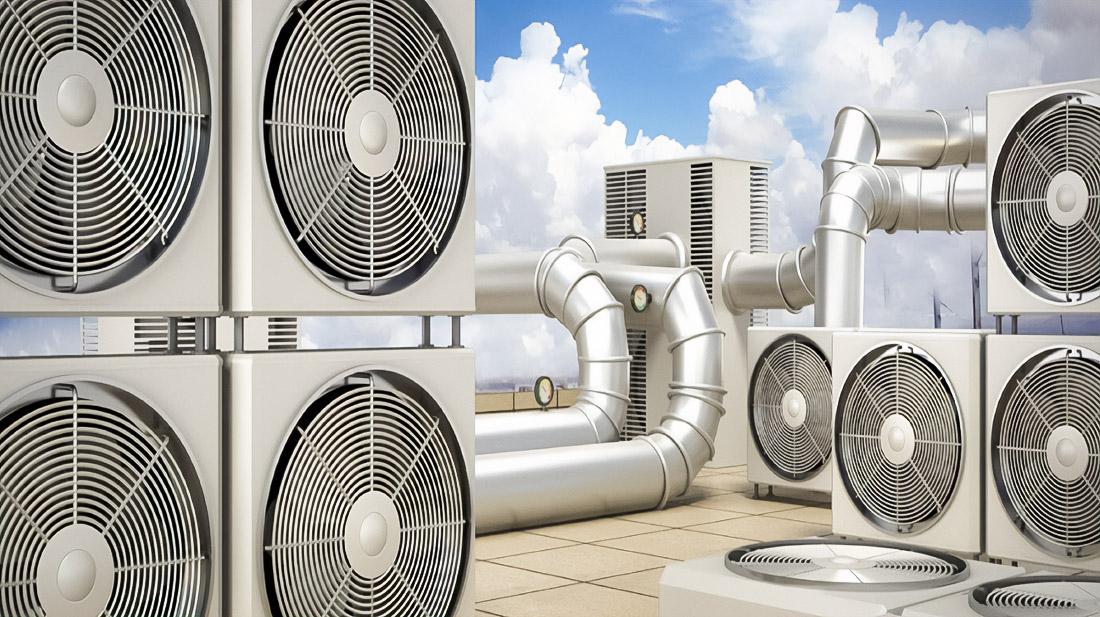We have come to an era where energy efficiency and sustainable solutions have paramount importance; the choice between industrial HVAC solutionsCreative approaches to designing cooling systems
Air cooling based on property of air absorb and remove heat. Process of heat exchange, in which heat transferred from equipment to flow of air, becomes key for operation of such systems. Examples of successful cases of use in industry include cooling of server farms, where every square meter of space is important, and production lines requiring stable temperature. Water cooling based on circulation of water, which allows significantly more efficiently remove heat. In some cases, energy efficiency of such systems can reach 80%. Enterprises, such as chemical plants and power plants, use water cooling for creating highly efficient thermoregulated systems and achieving better product quality. When it comes to choosing between two technologies, key aspects become efficiency, availability of resources, and budget. Before making a decision, companies must consider both current needs and potential changes in production conditions. Large company from electronics sector started withair cooling, transitioning to water with growth of production volumes, which allowed reduce costs and improve energy quality. Another enterprise, chemical plant, successfully applied combined approach, meeting high demands for sustainability and resource savings. In end, choice of cooling system for HVAC no less important, than any other stages of design and operation of enterprise. Consideration of all factors, from budget to longevity, plays key role in increasing energy efficiency and reducing operating costs. I am a powerful force in the workplace and uses her positive attitude and tireless energy to encourage others to work hard and succeed.
In a rapidly developing world, where energy efficiency and sustainable solutions are of paramount importance, the choice between air and water cooling in HVAC systems is becoming a critical moment for many companies. These methods not only provide favorable conditions for equipment and personnel, but also determine the longevity and reliability of technological processes. In this article, we examine each of the technologies in detail, revealing their main advantages and areas of application.Unique features and advantages of air cooling
Water cooling: choice for large loads
Comparative analysis: Air versus water cooling
How to choose optimal cooling system
Successful cases from real practice

